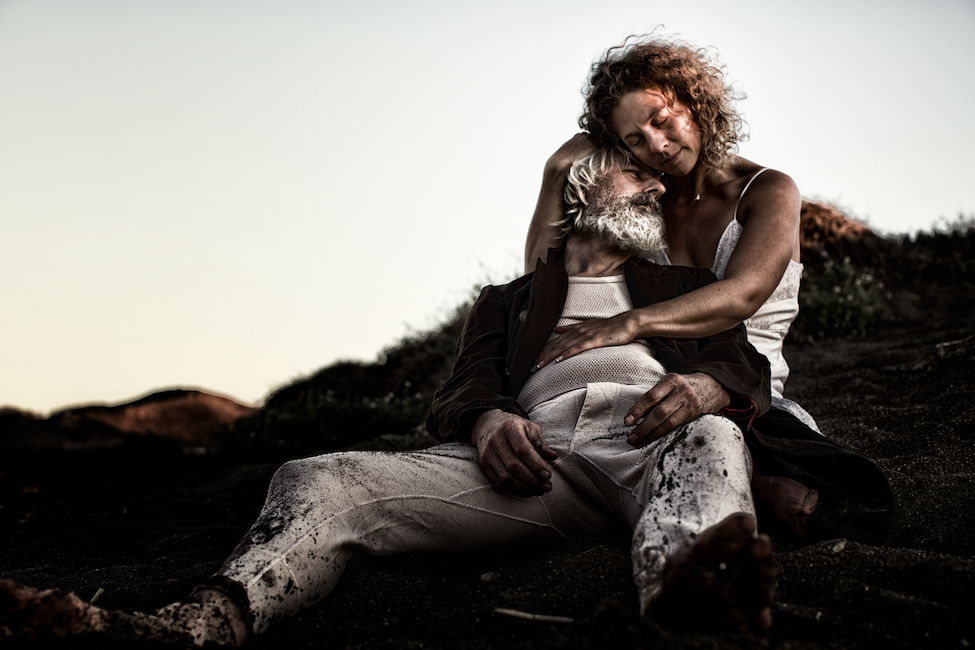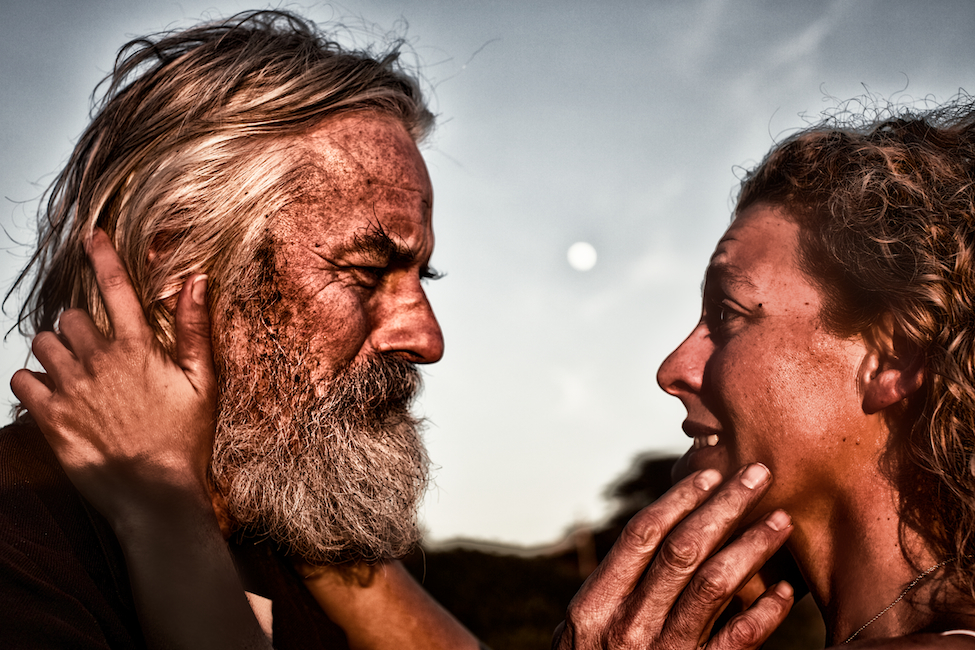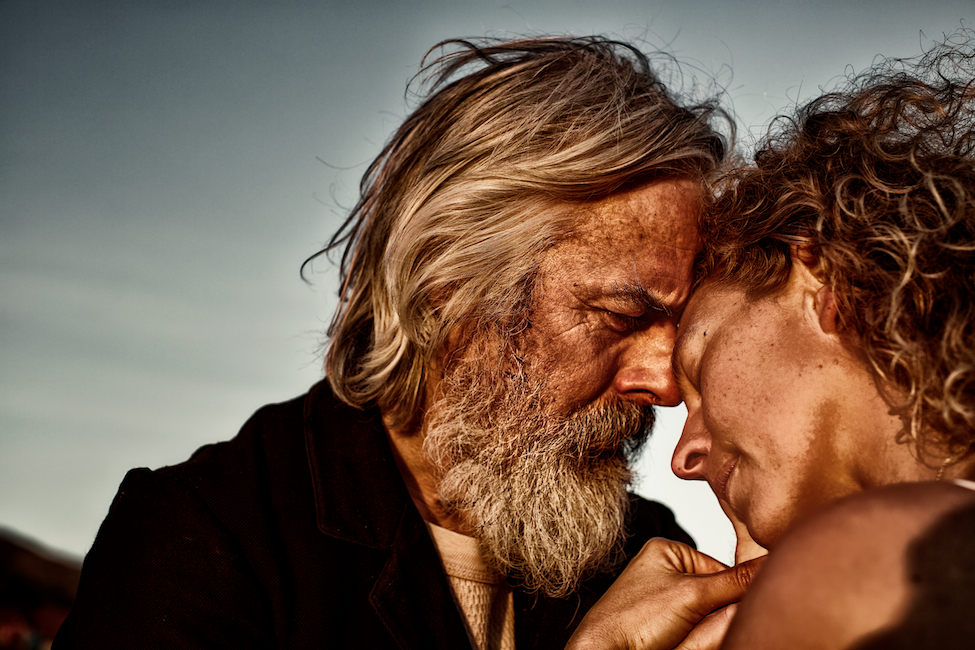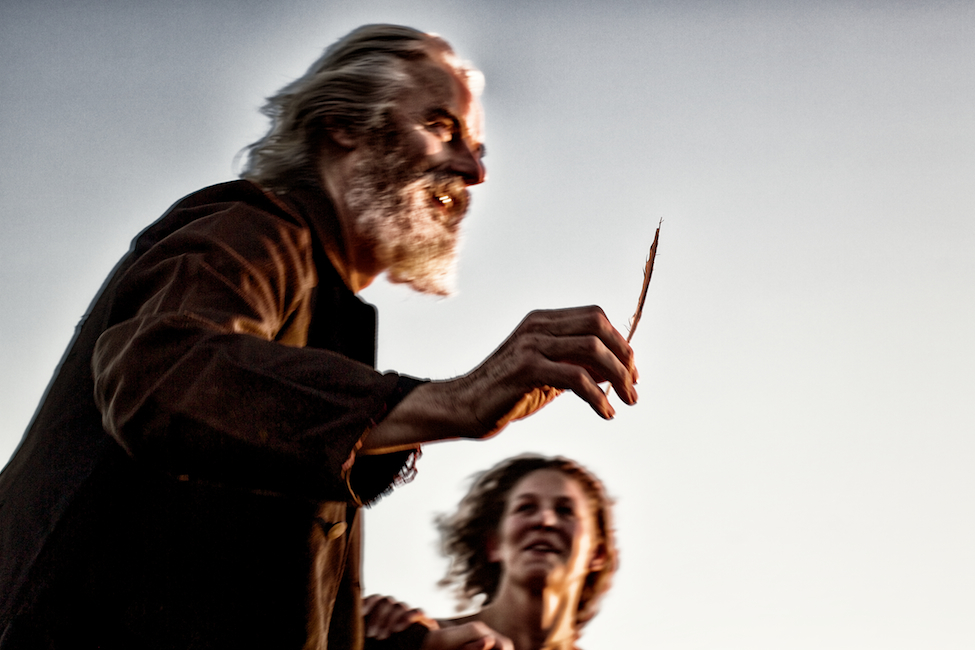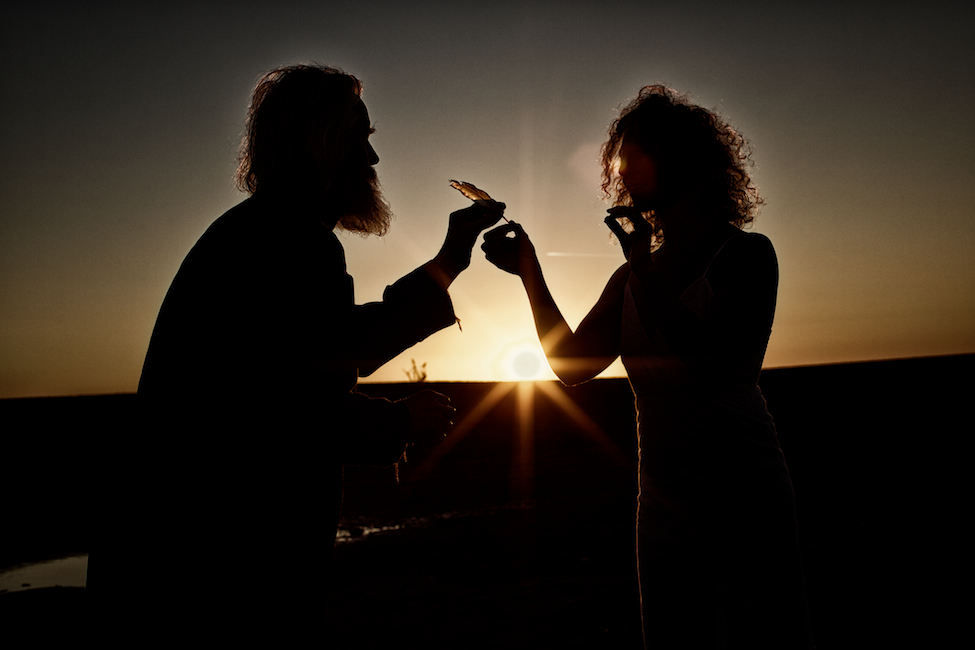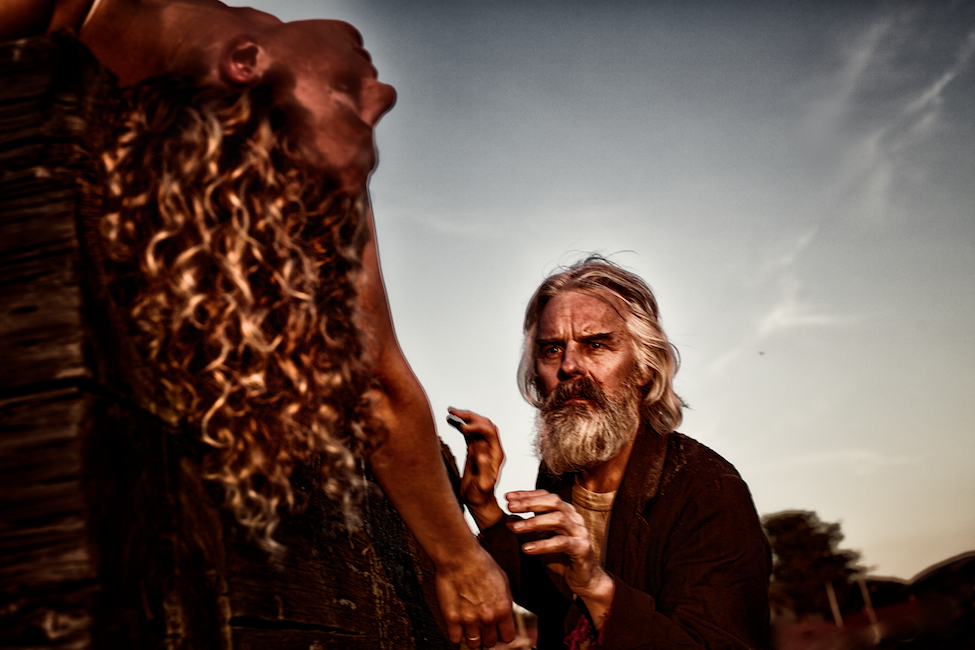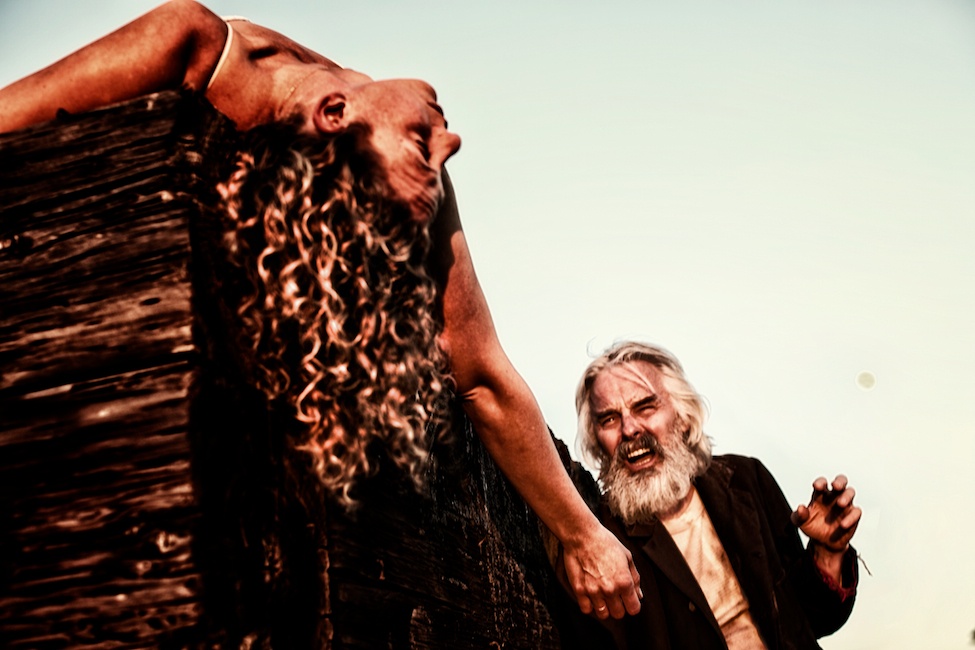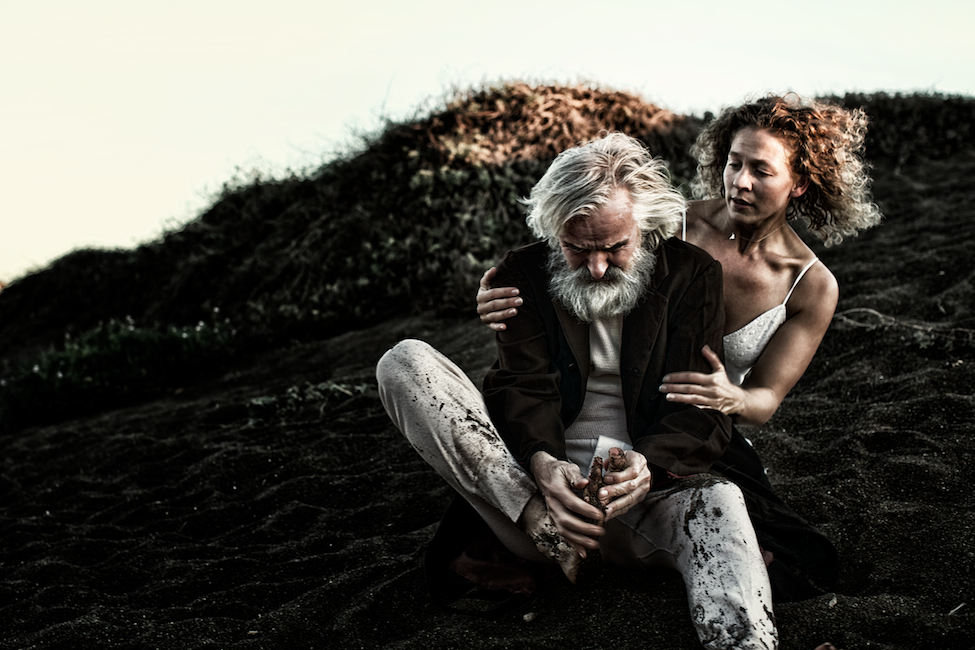“We work in the dark – we do what we can – we give what we have.
Our doubt is our passion, and our passion is our task. The rest is the madness of art.” – Henry James
2014!
A quick recap: we rallied after the effects of the 2013 Government Shut Down and re-activated our stunning Macbeth at Fort Point, we brought the joyous Canciones del Mar back to the tall ship Balclutha and the provocative and entrancing Vessels for Improvisation back to the ferry boat Eureka (both vessels at Hyde Street Pier); we experimented with roving site-based performance with King Fool, our two-person distillation of King Lear, and we spent five fruitful weeks immersed in rehearsal for our sailing production of The Rime of the Ancient Mariner. Shortly before the expected opening performance of Rime on Halloween, we confronted the challenge of discerning between radically compromising the vision and honoring the core artistic integrity of the piece. We chose the latter. We trust this will lead us to a resplendent fully realized production in due time.
In just a few short months we launch our fabulous annual dinner theatre gala (February 28, save the date!) and then dive into rehearsals for our newest site-integrated colossus: a sprawling and gorgeous Ondine at Sutro. Meanwhile, as the days curl with surprising quickness into cozy darkness, and the crisper chill of autumn air carries us into cave of winter, we embrace this seasonal shift as an opportunity for reflection and envisioning what dreams may come…
In truth, this task of self-reflection is an ongoing and ever-present part of our practice within We Players. Though sometimes confusing and always challenging, to me, these questions are essential, like bread and water.
* Why make art? * What’s the core purpose? * Who is it for? * What’s the intention of a work? * Why does it matter? * What do I have to share that is truly of value? * What do I want to see more of in the world? * How can I contribute to that? * How do we achieve maximum and meaningful impact with our work? * How does our art support the expansion and elevation of the human spirit? *
This fall, as I engage with these impossible and crucial questions, I find myself peering back into the mists of spring 2000 when We Players was born, and still more questions bubble up.
* Why did I form We Players? What were my questions then? What were my intentions then?
What were the foundational inspirations and principles guiding the work then? Which are still true now? Which have changed? What have I forgotten that is still essential and must be remembered? Why site-specific work? Why participatory? Why Shakespeare? What’s the role of ritual in making theatre? Why We Players?
Through these questions we continually stretch and strengthen our established practice (our methodologies, intentions, aesthetic and purpose), which enlivens public place, challenges the intellect, stretches the capacity for feeling and empathy, and elevates the spirit.
2015 is just around the bend! In addition to Ondine at Sutro in the spring, we’ll be opening the first of several visual art exhibitions at the SF Maritime Museum in February, sharing a series of dynamic presentations at the newly opened Officer’s Club in the Presidio throughout the year, and announcing a still-secret smaller scale work at a surprise location in the fall.
I look forward to sharing with you thrilling performances, rich with moments of shocking beauty, charged with vital questions and bright with both expansive natural vistas and the radiance of the human spirit.
xo
Ava Roy
Artistic Director, We Players











